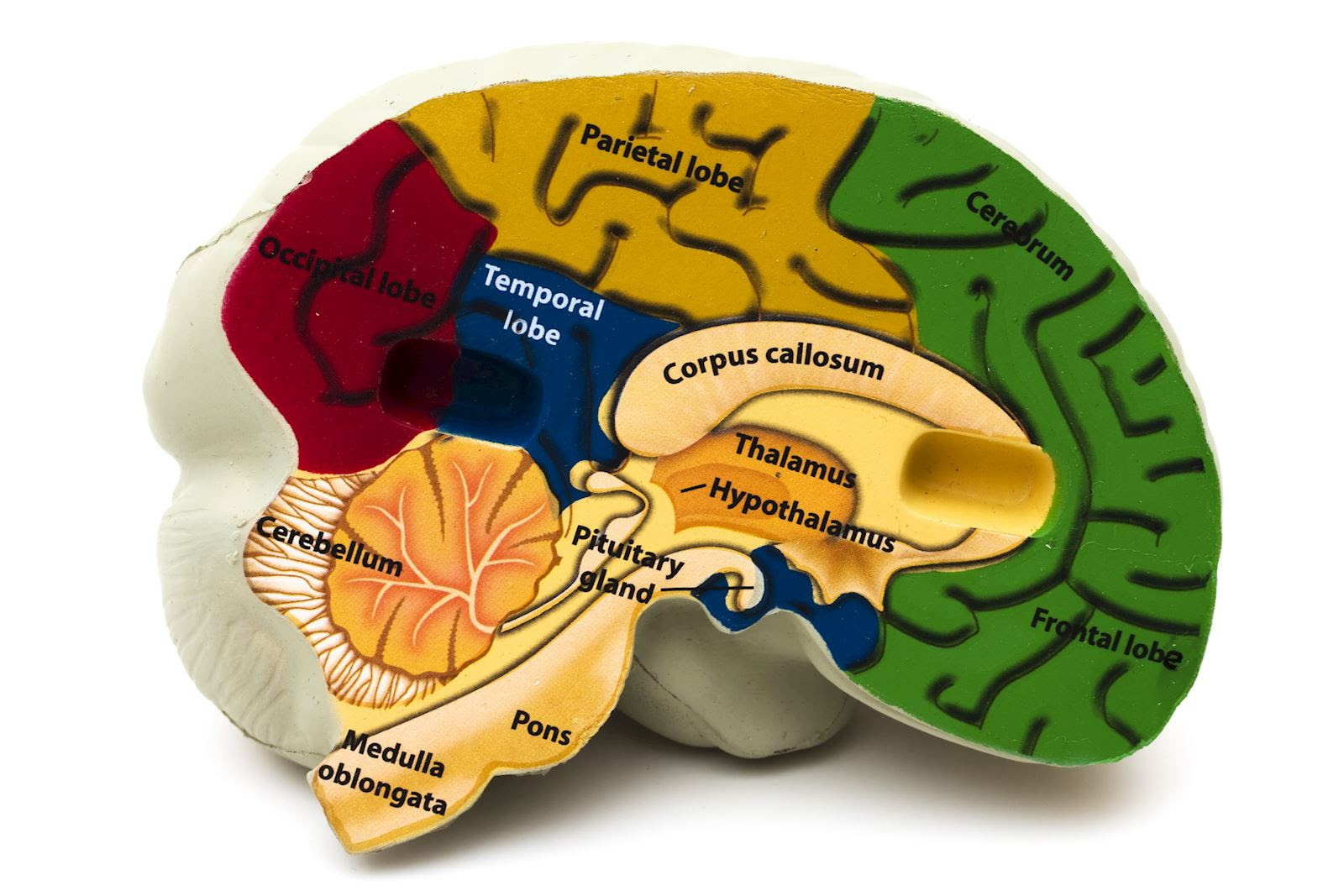The Longevity Secret You Learned as a Baby (And That You Should Do Now!)

The brain-building effect of “crossing the line”
When it comes to aging, many people believe that their body, mind, and quality life will eventually just deteriorate.
But if you ask me, passively accepting this “inevitable decline” is a big mistake. You absolutely can live a healthy, active, and happy life well into your “golden years!”
And believe it or not, you learned one of the most important secrets to longevity before you could even talk…
Why you should know about cross-lateral movement
Back when you were a baby, you taught yourself to crawl.
You’d move one arm forward while your opposite leg helped you inch forward, and vice versa.
This is an imperative function known as cross-lateral movement or “crossing the midline.” Imagine drawing a line straight down the middle your body, splitting it in half length-wise. This is your mid-line. And whenever you cross it, you stimulate both hemispheres of your brain.
In recent years, researchers have discovered the importance cross-lateral movement plays in the brain development of children, and in retaining brain function in older adults.
In particular, they’ve found that repeating cross-lateral movements (like dancing, swimming, playing the drums, or even tying your shoes) helps build neural connections between the two sides of your brain—specifically in the part that connects the two hemispheres called the corpus callosum.

The corpus callosum that connects both brain hemispheres.
IMAGE SOURCE: Genetics Home Reference
A dramatic drop in potentially deadly falls
In a 2013 study, researchers designed a fitness program for older adults that focused on performing rhythmic cross-lateral movements. The researchers wanted to observe the physical and mental effects of these exercises.
The study group was comprised of nearly 30 patients residing in an assisted living facility.
The patients were split into two groups. For 24 weeks, group one performed cross-lateral exercises (including rhythmic cross-crawl patterns), white group two—the control group—did not participate in any of the exercises.
Researchers found that in the exercise group, only 3 patients fell, compared to 10 in the control group.
The researchers concluded that these types of exercises can “enhance physical balance, reaction time, and visual-spatial awareness; a lack of which predisposes individuals to experience a fall.”
The bottom line is that physical and cognitive decline aren’t an inevitable part of aging. But it’s up to you to keep things operating at peak performance.
Tending to your brain and body is no different than taking your car in for maintenance. You wouldn’t expect your car to run well without regular tune ups…Your brain and body won’t either.
Your 5-minute brain and body “tune up”
Here’s an easy cross-lateral movement exercise I put together for you. You can do right from the comfort of your chair. And it only takes 5 minutes.
- Get into a comfortable sitting position.
- Play this track I created for you.
- As the track is playing, take the palm of your right hand and place it on your left knee. Then switch, and place the palm of your left hand on your right knee.
- Continue following this alternating cross-lateral pattern for 5 minutes, doing your best to stick to the beat. Remember, listen to your body and take breaks if you need to.
The more you do these exercises, the stronger your brain connections will be. And the better your mind and body will function.
Why miss out on a single article when you can get them delivered straight to your inbox for free?
The material provided on this site is for educational purposes only and any recommendations are not intended to replace the advice of your physician. You are encouraged to seek advice from a competent medical professional regarding the applicability of any recommendations with regard to your symptoms or condition.
Copyright © 2021 by BlueBeat Media. Thank you for your interest in Jim Donovan. We do not allow republication of our full newsletters and articles. However, you can post a portion (no more than 90 words, 1-2 paragraphs) of our content with a live link back to our homepage, donovanhealth.com, or a link to the specific article you are quoting from.
SOURCES:
Cross Crawl Exercises – 10 Benefits of the Brain Hemisphere Synching Exercise. (2019). Your Therapy Source. Retrieved from: yourtherapysource.com/blog1/
Harris, H., Cortina, K., Templin, T., Colabianchi, N., and Chen, W. (2018). Impact of Coordinated-Bilateral Physical Activities on Attention and Concentration in School-Aged Children. BioMed Research International. Pp: 2539748. Retrieved from: ncbi.nlm.nih.gov/pmc/articles/
Watt, C. (n.d.). Exercises for Cross-Lateral Connectivity. Charlotte Watts Health. [blog]. Retrieved from: charlottewattshealth.com/
Weiniak, S. (n.d.). Crossing Midline: The Imaginary Line Between Right and Left. Pediatric Therapy Center. Retrieved from: ptcne.org/crossing-midline-


